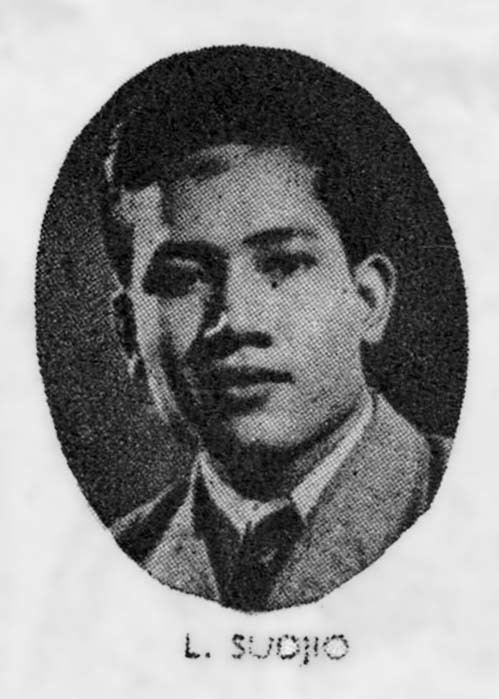Nationality Indonesian Grandparents Wagimin Parents Astaman | Role Actor Name Lilik Sudjio | |
 | ||
Movies Jaka Swara, The Queen of Black Magic, Tarsan kota, Sinyo Adi, Cinta Kembar Similar People WD Mochtar, Teddy Purba, Sofia WD, Fifi Young, Suzzanna | ||
Jaka Swara - Kawula Muda OST (Rhoma Irama)
Lilik Sudjio (14 May 1930 – 9 December 2014) was an Indonesian actor turned film director who won the Citra Award for Best Director in 1955 for his film Tarmina. He was involved in 74 feature film productions since his debut in Fred Young's Saputangan in 1949.
Contents
Jaka Swara - Jaka Hajar Para Kompeni
Biography
Lilik was born in Makassar, Dutch East Indies, on 14 May 1930 to Astaman and his wife. Taking the pseudonym Astaman Jr., Lilik began his stage career as a teenager during the Indonesian National Revolution, joining the Bintang Timoer troupe with his father under the leadership of Djamaluddin Malik. In 1949 he made his film debut with a small role in Fred Young's Saputangan (Handkerchief). The following year he appeared in four further films, for three different production companies. He had his last on-screen role in 1951's Surjani Mulia, directed by Mohammad Said Hamid Junid and produced by Malik's film company Persari.
Also in 1951 Lilik had his first experience as a member of a film crew, working the clapperboard and writing scripts for the company's production Dunia Gila. After several years of working menial tasks and learning the production side of the industry, Lilik was tasked as director for Tarmina in 1954. For the film, which followed a young woman named Tarmina who married multiple times before committing suicide, Lilik directed his father, as well as Fifi Young, A Hadi, and Djauhari Effendi. The film was recognised as the Best Film at the inaugural Indonesian Film Festival in 1955, and Lilik was recognised as Best Director. However, the decision was controversial: the festival's panel was decried by film critics as having sold out to Malik, as they considered D. Djajakusuma's Lewat Djam Malam (After the Curfew; 1954) to be a much more solid work.
After his success with Tarmina, Lilik directed and, later, produced and edited several dozen films. He took a hiatus between 1960 and 1962 to study cinema at the University of California, Los Angeles. After Persari was closed in the 1960s Lilik went between studios. For his editing of the film Juda Saba Desa (1966) Lilik received Best Editing at the 1967 Indonesian Film Festival. He made his final feature film in 1990 with Misteri dari Gunung Merapi III (Perempuan Berambut Api) (Mystery from Mount Merapi III: The Girl with the Firey Hair). This silat (martial arts) film saw Fendi Pradana as Sembara, a skilled warrior who must save his compatriots from a woman with fire for hair. As the Indonesian film industry saw a downturn in 1992, Lilik began directing sinetron (television shows), including Mahkota Madangkara (Crown of Madangkara; 1992), Si Buta Dari Goa Hantu (The Blind Man from Ghost Cave; 1994) and Cinta Dalam Misteri (Love in Mysteries; 1996).
Lilik died on 9 December 2014.
